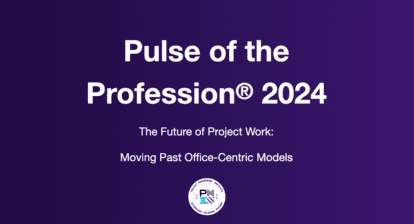In business as well as in life, it’s not just what we do — it’s also how we react to what we do.
A friend was slapped with a frivolous lawsuit years ago. His lawyer warned him, “You’re innocent right now. But if you’re not careful, you can easily respond in a way that gets you in trouble.”
That’s good advice for when (not if) you and I screw up. Chances are we won’t be caught exaggerating about escaping death in a helicopter (like a particular famous news anchor), but our next mistake is nonetheless around the corner. The way we respond can make all the difference.
Here are five ideas to keep in mind:
1. Call for help. Too often we try to fix things ourselves. The idea is that if we hide the bodies long enough, so to speak, the problem will go unnoticed. One of the first steps of cardiopulmonary resuscitation (CPR) is to call for help, and that’s good advice when we’ve made a big enough mistake. Don’t try to tackle the problem on your own. Keep your management in the loop.
2. Get low. When we’re in the wrong, it’s tempting to come up with excuses in an attempt to explain why you’re not to blame. One of my favorite senior leaders suggests a different approach: “Get low.” That phrase is his way of suggesting that humility goes a long way in starting to fill in the hole instead of digging it deeper. Parents understand this. We typically change our approach when it’s clear a child shows they understand what they did wrong (as opposed to just getting caught). Though there may be some cultural exceptions to this advice, sincere humility is almost always the right place to start.
3. Don’t blame others. Part of getting low is taking responsibility. When Pete Carroll made what was labeled arguably the worst call in Super Bowl history, he took responsibility for the decision. He didn’t throw his offensive coordinator under the proverbial bus. He didn’t complain about his receiver’s lack of aggressiveness or how his quarterback should have thrown lower. When you take responsibility, people see that you get it, which is an important step toward getting beyond the mistake.
4. Don’t make it worse. Brian Williams, the aforementioned anchor, eventually gave an on-air apology. Some of the people involved in his Iraq incident were satisfied with it. Yet it seemed to create even more questions because he didn’t exactly set the record straight. When you get low and accept responsibility, it’s still possible to try to put yourself in the best light. Attribution theory says we try to explain the world in ways that make us look or feel good. Watch out for that temptation. Acknowledge what you did wrong, clear the record if necessary, and apologize. It’s completely possible to make it worse by appearing insincere or giving an incomplete version of the story.
5. Be part of the solution. Mistakes provide many opportunities for lessons learned. How can you and others avoid this misstep in the future? Offer to make amends and be part of the solution in some way. This moves the conversation from excuses to what should we do about it.






